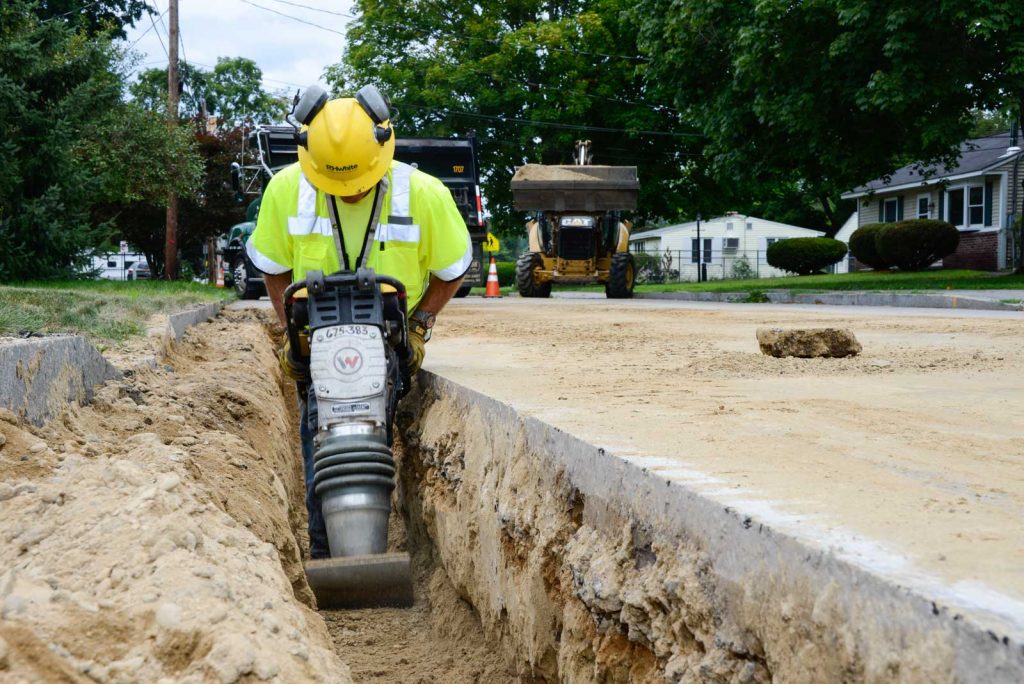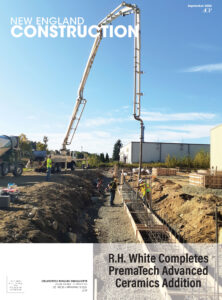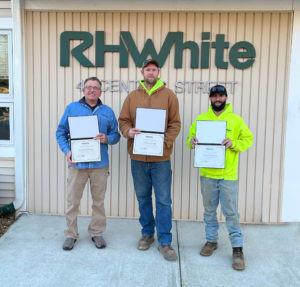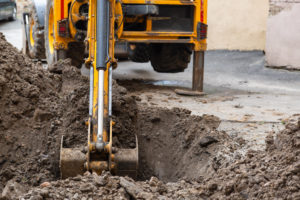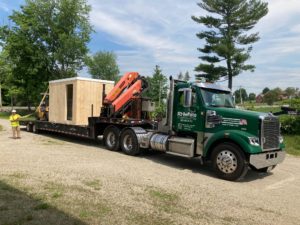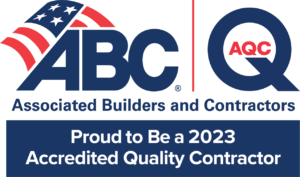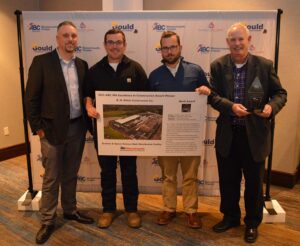Due to the many dangerous conditions, construction sites require maximum safety measures, guidelines, and procedures that should be followed carefully. Construction site safety applies to everyone on the site, from workers and employers, to even visitors and those just passing by. The following safety tips will help anyone visiting a construction site.
Well-Trained Employees
Most construction site accidents result from falls that lead to 40% of worker deaths, according to ConstructConnect. Employers have the responsibility to continuously train workers to recognize exposures that may lead to fall hazards and how to minimize them. Fall protection systems should be well-inspected and maintained, and first aid kits should always be available on-site in case of emergencies. Clear safety measures, manuals, and guidelines should also be provided to all employees and site visitors.
Wearing Protective Gear
At a minimum, hard hats, safety glasses, and steel-toe boots should be mandatory personal protective equipment (PPE). Additional PPE—including face and hearing protection, cut-resistant gloves, and high-visibility safety vests—just to name a few items, should also be used based on project-specific requirements and levels of exposure to potential hazards. However, to optimize safety, this gear should never interfere with the movements and efficiency of the workers. The equipment should also be free of cracks and tears, and any damaged protective wear should be replaced immediately.
Utilize Daily Safety Plans to Improve Safety
Requiring a daily safety plan is the first step in protecting people. Beyond the job-specific PPE, the plan should include equipment and job-site inspections. All equipment should be inspected for normal wear and tear as well as any broken parts. If there is the slightest reservation that equipment may be faulty, it should not be used until it is thoroughly inspected by a certified individual and cleared for use. While conducting the daily safety plan, it’s also a good time to determine if technology—such as drones or wearable monitoring devices—are necessary to inspect the larger construction site or to track the position of employees who may be working at greater distances from the overall construction crew.
Finding the right partners in the construction industry is key in the creation of a building that is safe for occupation or an infrastructure project that will stand the test of time. R.H. White Construction has been around since 1923 and provides a variety of construction services and solutions built on a culture of safety. Contact us to learn more about our extensive services and kick off your project today.
